I love a good story. Consider that of Casale del Giglio. Some 50 kilometres south of Rome, the winery is situated in that noted, historic wine region of Lazio, Italy.
Ok, maybe not that noted. While there are plenty of mature Italian wine regions you may have heard of—Piedmont, Veneto and Tuscany, to name a few—Lazio is the kid in the back of the room jumping up and down, shouting, “Pick me! Pick me!”
It’s not surprising that the region hasn’t garnered its due respect. Less than a century ago, the land upon which Casale del Giglio rests was marshland—gradually dried out to make it developable and farmable. And it’s only since 1967, when Bernadino (Dino) Santarelli founded Casale del Giglio in the hamlet of Le Ferriere, near the ancient city of Satricum, that anyone had a serious go at making wine in this region (well, recent history at least—but more on that shortly).
Although the Santarelli family has actually been in the wine business since 1914, it wasn’t until after Dino’s son Antonio came aboard that things got truly interesting. Understanding that theirs was a unique terroir of three different soils and its own microclimate in the Agro Pontino Valley—at the foot of Apennine mountains to the east and swept by breezes blowing in from the Tyrrhenian Sea 20 kilometres to the west—the family began an investigative project in 1985. Endorsed by the regional government’s agricultural department and involving researchers of international standing, the project saw the planting of approximately 60 grape varieties.
THE BEST OF BOTH WORLDS
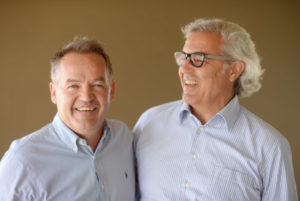
Paolo Tiefenthaler and Antonio Santarelli.
Paolo Tiefenthaler, now the winery’s longtime winemaker/oenologist, was just 19 years old at the time, and grew up with the winery as they determined what worked and what didn’t, witnessing the unabashed success of French grapes such as syrah, petit verdot, sauvignon blanc and viognier, while also rediscovering indigenous varieties like biancolella, bellone and, most recently, pecorino and cesanese.
“The vines talk for themselves,” explains Elise Rialland, export manager for Casale del Giglio, which currently counts 21 products (white, red, rosé, a late harvest wine, three grappas and an extra virgin olive oil). Rialland and Giovanni Silvestri, the winery’s brand manager for Canada and the U.S., were in Toronto on Wednesday night to showcase some of the fruits of their labours at celebrated Italian restaurant Enoteca Sociale, while Chef Kyle Rindinella strutted his stuff in a taste-bud-teasing food and wine pairing.
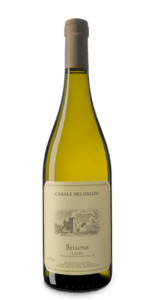
Casale del Giglio’s well-priced Bellone
All four wines we sampled impressed. While it can often be a little gooey in texture and flat on the palate, Casale del Giglio’s Viognier (sadly unavailable in the Canadian market) boasted the trademark aromatics of the grape, but with a decided—and most welcome—clip of crispness. Their Bellone, meanwhile, showed complexity, with tropical and citrus fruits, nice mouthfeel, a mineral backbone, medium+ acidity and lengthy finish. At $21.99 through the agent, Profile Wine Group, this great seafood pairing offers serious value.
The Cesanese was also popular among our group. Also well priced at just $24.99, this red grape, grown at 300-400 metres altitude, is prone to being pretty rustic in taste. But Casale del Giglio’s treatment—including aging the wine for six months in 500-litre cherrywood tonneaux versus smaller 200-litre barrels—keeps the oaky influence to a minimum and in balance with the fruit, spices and its persisting but medium-strength tannins. Think “pure dark cherry fruit and white pepper” for this one. And it has all the elements to age for a good 10-15 years in the cellar, if you want to go that route and let it evolve.
The last of the night’s four bottles was the winery’s calling card, Mater Matuta, which Casale Del Giglio has been producing since 1994. Picked from only the best grapes in great vintages, and aged two years in oak and another in the bottle, it combines the power of syrah with the elegance and spice of petit verdot. It’s ripe without being jammy, with black cherry fruit, the telltale violet of Syrah and notes of cinnamon and coffee beans. Price-wise, it ranges from $85 to $100 (call the agent if you’re interested.)
Throughout the portfolio, you can tell that oenologist Tiefenthaler hails from Trentino in northeastern Italy, a winemaking region renowned for the acidity and crisp nature of its wines. Tiefenthaler has married that hometown influence to grapes that have no problem at all ripening in the hot, sunny climate near Rome. That, and the years and expense the winery has dedicated to experimenting with what grows best in the area, has helped revolutionize winemaking in this part of Lazio.
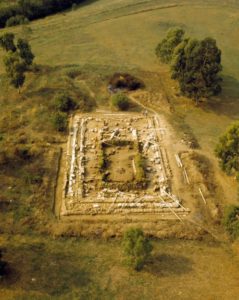
The Temple of Mater Matuta
And if that’s not a good enough story for you, consider the ancient history of the site. Beyond growing grapes and making wine, Casale del Giglio has been involved for decades in the Satricum archaeological project in partnership with Southern Etruria’s Archaeological Heritage Office. On land that often brushes right against its vineyards, excavations have exposed the ‘Sacred Way,’ which led to the temple of the goddess Mater Matuta (hence, the name of the winery’s signature red). Since 1990, the excavation work at the site has been carried out by a team from the University of Amsterdam. Findings have ranged from huts dating back to the ninth century B.C. to hundreds of tombs, to buildings that once surrounded the temples on the Satricum acropolis.
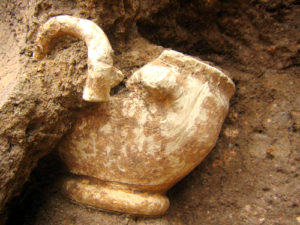 But one of the most intriguing discoveries suggests that destiny was on Casale Del Giglio’s side when they opened up in 1967: a goblet dating back some 2,500 years.
But one of the most intriguing discoveries suggests that destiny was on Casale Del Giglio’s side when they opened up in 1967: a goblet dating back some 2,500 years.
Notes Rialland: “It shows that they were drinking wine here at least five centuries before Christ.”
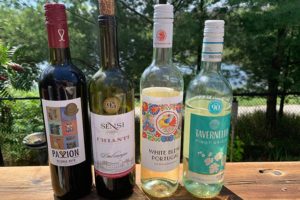
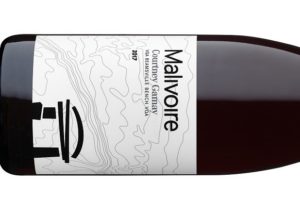
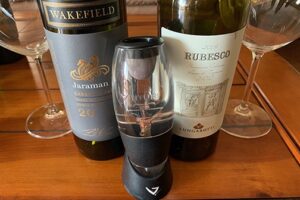
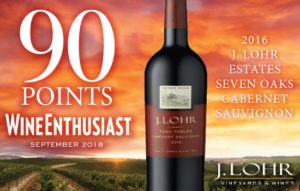
Leave a Reply
Your email is safe with us.